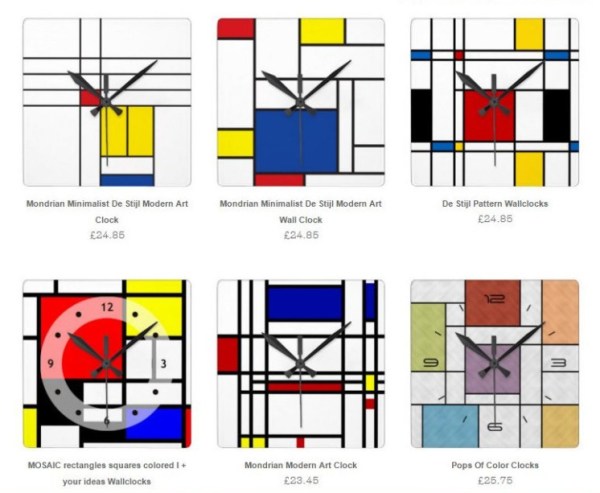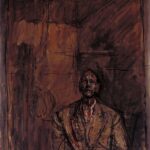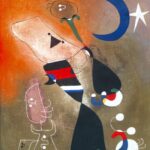
Many of us have seen the design—blocks of primary colours red, blue and yellow randomly placed within a strict geometry of black verticals and horizontals before a white background. This pattern, which has been repeated the world over and impressed upon a variety of media (from canvasses to clothes to furniture to fashion), comes from the movement “De Stijl” (literally: The Style).

Initiated in Amsterdam in 1917 by Piet Mondrian (1872-1944) and Theo van Doesburg (1883-1931)—two pioneers of abstract art—“De Stijl” was originally a publication. It was also, in large part, a reaction to the devastation of World War I.
Artists associated with the movement aimed to develop a universal language of art that could transcend different geographic and temporal boundaries and make sense to a broad, cross-cultural international audience. A sense of peace and harmony was reached only through minimal essentials of line and shade. In Western thought, geometry has often been associated with spirituality but such an elevated appropriation of colour had not been seen before.
The publication De Stijl, when it started, stated that its goal was the organic combination of architecture, sculpture and painting in a lucid, elemental, unsentimental construction. A manifesto of 9 points was formulated in 1918:
- There is an old and a new consciousness of time. The old is connected with the individual. The new is connected with the universal. The struggle of the individual against the universal is revealing itself in the world-war as well as in the art of the present day.
- The war is destroying the old world with its contents: individual domination in every state.
- The new art has brought forward what the new consciousness of time contains: a balance between the universal and the individual.
- The new consciousness is prepared to realise the internal life as well as the external life.
- Traditions, dogmas and the domination of the individual are opposed to this realisation.
- The founders of the new plastic art therefore, call upon all, who believe in the reformation of art and culture, to annihilate these obstacles of development, as they have annihilated in the new plastic art (by abolishing natural form) that, which prevents the clear expression of art, the utmost consequence of all art notion.
- The artists of today have been driven the whole world over by the same consciousness, and therefore have taken part from an intellectual point of view in this war against the domination of individual despotism. They therefore sympathise with all, who work for the formation of an international unity in Life, Art, Culture, either intellectually or materially.
- The monthly editions of “The Style”, founded for that purpose, try to attain the new wisdom of life in an exact manner.
- Co-operation is possible by: I. Sending, with entire approval, name, address and profession to the editor of “The Style”. II. Sending critical, philosophical, architectural, scientific, literary, musical articles or reproductions. III. Translating articles in different languages or distributing thoughts published in “The Style”.
In a video for Tate, Professor Michael White of the University of York demonstrates a Liverpool-based reconstruction of Mondrian’s French studio, which he occupied from 1921 to 1936 and which became one of the most celebrated places in inter-war Paris. White says that Mondrian was posing an interesting question: “Can you use colour as itself and not to stand for anything else? If you made yellow into a circle immediately people would start making associations with the sun or something like that. So he decides the only way forward is to paint in areas of perpendicular relationships.”
Many of us tend to look at art and immediately want to find deeper, hidden meanings. But by stripping away all symbolism and myth, the artists of De Stijl were able to, paradoxically, make their work not less but more meaningful. Naked and innocent, the lines and shades became accessible enough to be adopted by anyone and applied to anything.
Written by Tulika Bahadur.

